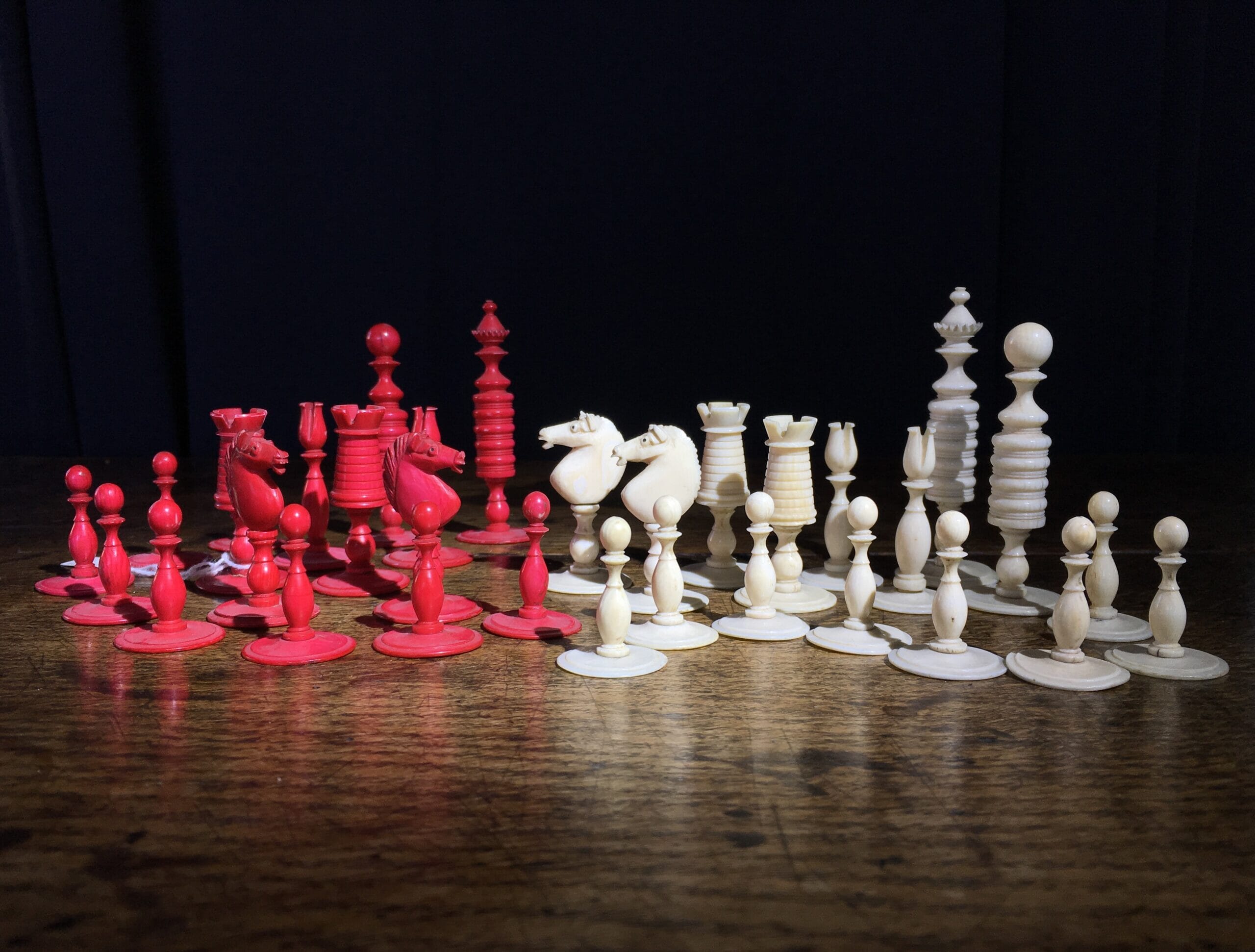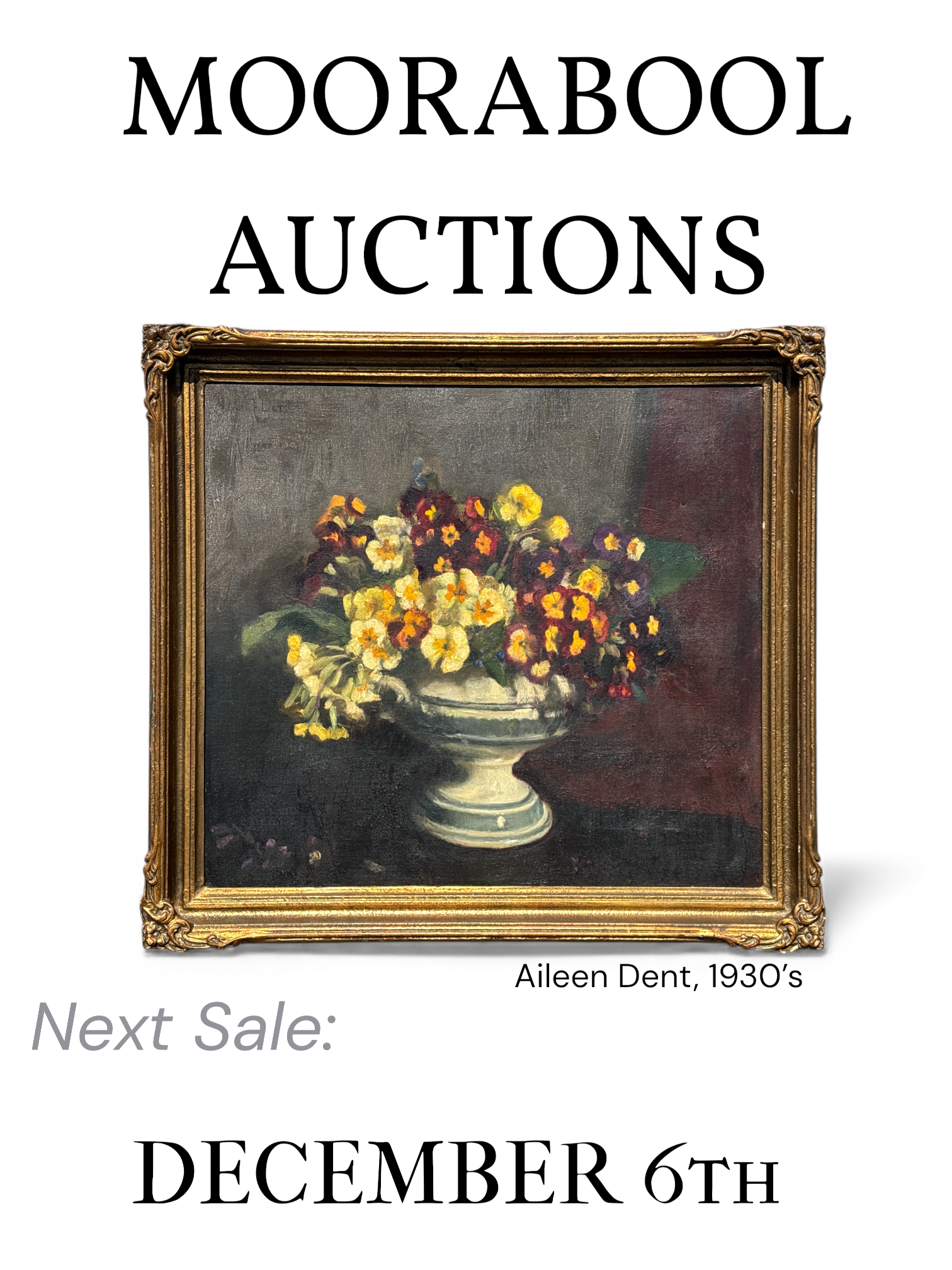Rare ivory micro-carving on silk, Rococo scene after Watteau, attr. Stephany and Dresch, c. 1795
$3,450.00 AUD
Superb Ivory micro-carving in original frame, the round carved work set on burgundy silk, with a Rococo scene after Watteau of a young shepherd & shepherdess, set in a landscape with urn of flowers on a plinth, a dog to one side beneath a tree, within a very fine flowerhead border at edge, set behind a domed glass with gold mounting ring.
Unmarked,
possibly G Stephany and J Dresch,
London & Bath
Circa 1795
Condition: good condition, some small areas of dislocation of fine details, small area below dog showing signs of plaster fill, case is good.
11.5×12.5cm, work 6cm across
Micro-carving describes the feat of creating miniature artworks, with the favourite carving material being ivory due to its compact nature which carves easily and displays well. Set against the burgundy silk, this example is a splendid example of the technique.
The technique is very reminiscent of the contrasting ceramic reliefs made famous by Wedgwood’s Jasperwares, and of the carved shell cameos with similar contrast. However, this ivory carving was magnitudes harder to achieve; the carving is independent of any support until it is attached to the backing. This piece consists of a small number of pieces mounted together, with a separate roundel border. In order to lighten the appearance of the urn and its plinth, they have cut out straight lines, with several together only measuring a millimetre – some features such as the stems of the roses in the border garland are the thickness of a hair!
Some of the best of the Georgian era were Continental emigrés, G Stephany and J Dresch. They established themselves in Bath and London, catering for the wealthy clients who were after miniature novelties for their snuffbox collections, or pieces of jewellery, or framed works suitable for a cabinet or wall.
They promoted themselves as ‘…the most eminent sculptors in ivory in Europe who will execute any design for Rings, Bracelets, Lockets, or for Cabinet pieces’. Their work was ‘so fine that a glass is necessary to discover its beauties’. They exhibited a number of times at the Royal Academy, and were presented with a Royal Warrant by George III, titled ‘Sculptors in Miniature on Ivory to their Majesties’. The Royal Collection still has three pieces, portrait profiles of George III, Queen Charlotte, and the Princess Royal, Charlotte.
An example in the Bath Museum: https://www.bbc.co.uk/ahistoryoftheworld/objects/QuVHVbowTFypssTZHk949Q
| Condition | |
|---|---|
| Size | |
| References |
In stock










